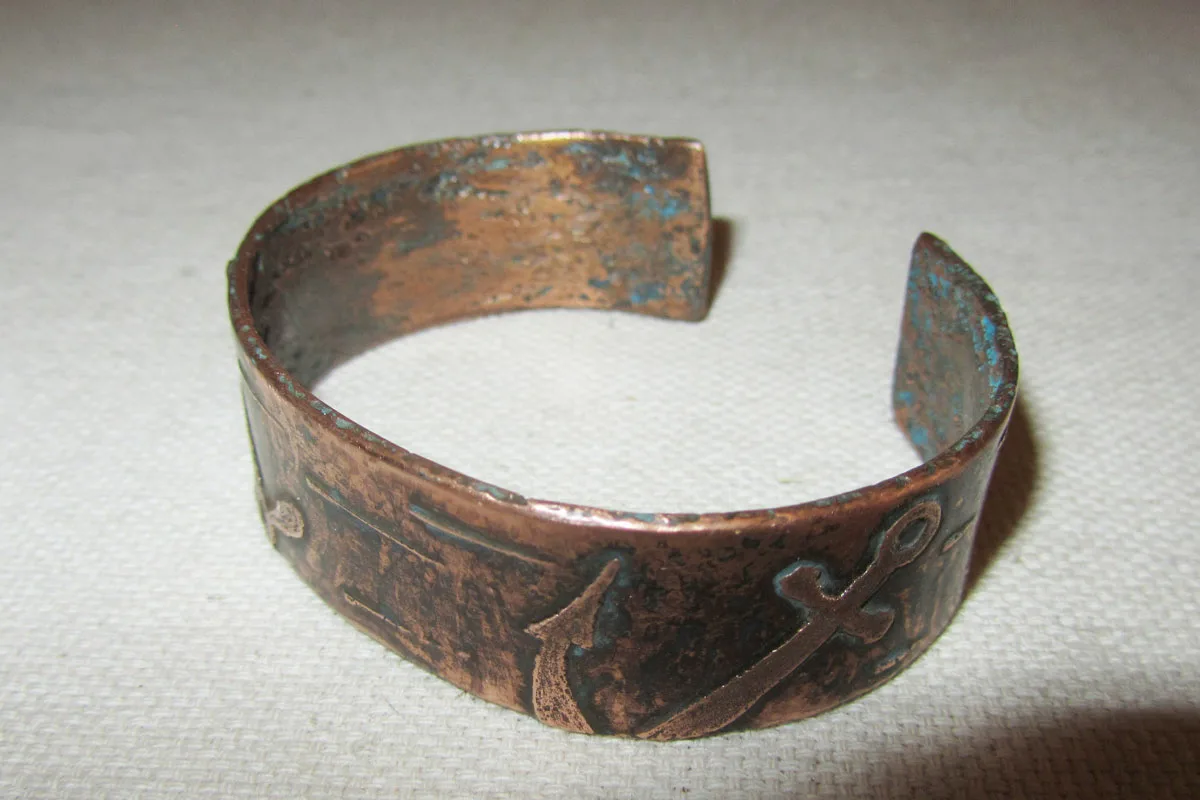A team of archaeologists has unearthed a bronze fragment of a curious forearm coin purse that belonged to a Roman soldier in South Moravia, Czech Republic. The unusual find took place in January this year on Hradisko Hill, south of Moravia, on the ruins of a temporary fortified Roman camp which, in the time of Marcus Aurelius, was occupied by the Tenth Roman Legion during the Marcomannic Wars.
But what is strange about the discovery is not the rare object itself, which dates back to the 2nd century, but the fact that it dates from a period when the site was not in Roman territory. The object was found outside the official borders of the Roman Empire, in a territory that was once considered hostile. This makes it an exceptionally rare find.
Between 172 and 180 AD, the Tenth Legion settled in this fortified enclave. Marcus Aurelius planned to turn it into a permanent stronghold of the new province that would emerge after the Marcomanni were subjugated, but he never managed to secure a definitive victory before his death in 180 AD. Upon the emperor’s death, his son and successor, Commodus, remembered as an eccentric emperor and a tremendously cruel man, ordered the withdrawal of troops from the region.
A small personal piggy bank

The bronze coin purse is over 1,800 years old, making it almost certainly the oldest coin purse found in the territory of the present-day Czech Republic. Although only about 30% of the original object remains, experts quickly recognised it as a type of forearm pouch used by Roman soldiers to store coins.
‘It’s like a small piggy bank,’ explained Balázs Komoróczy of the Czech Academy of Sciences in an interview with Radio Prague International. ‘It was worn by sliding it over the arm or forearm. The tension around the arm kept it closed and secure.’
As it was fragmented, archaeologists did not find any coins inside, but they did find a huge number of Roman silver coins in the vicinity where the forearm purse was discovered. Experts took advantage of the rescued denarii —dated to the era of Marcus Aurelius and engraved with the likeness of the emperor or his wife Faustina the Younger, a woman with a strong presence and good rhetoric thanks to her good education, who did not hesitate to offer her opinion and “meddle in men’s affairs”—to accurately date the object to between 172 and 180 AD.
What was inside the purse?
The purse could have contained up to 50 silver denarii (1 denarius was equivalent to 10 asses at the time, which was the currency commonly used by the people), an amount equivalent to the pay of a Roman worker or soldier, which means that it could have contained a considerable sum of money. Experts speculate that its owner may have been a junior officer in charge of distributing this “service cash” for rations, equipment and any other logistical needs for the soldiers.
The truth is that it was a very practical device for a Roman soldier or the person in charge of quick transactions during a campaign, as it allowed them to carry this small purse even when on the move or in combat zones. Logistics were ensured during campaigns thanks to this small but practical purse.

